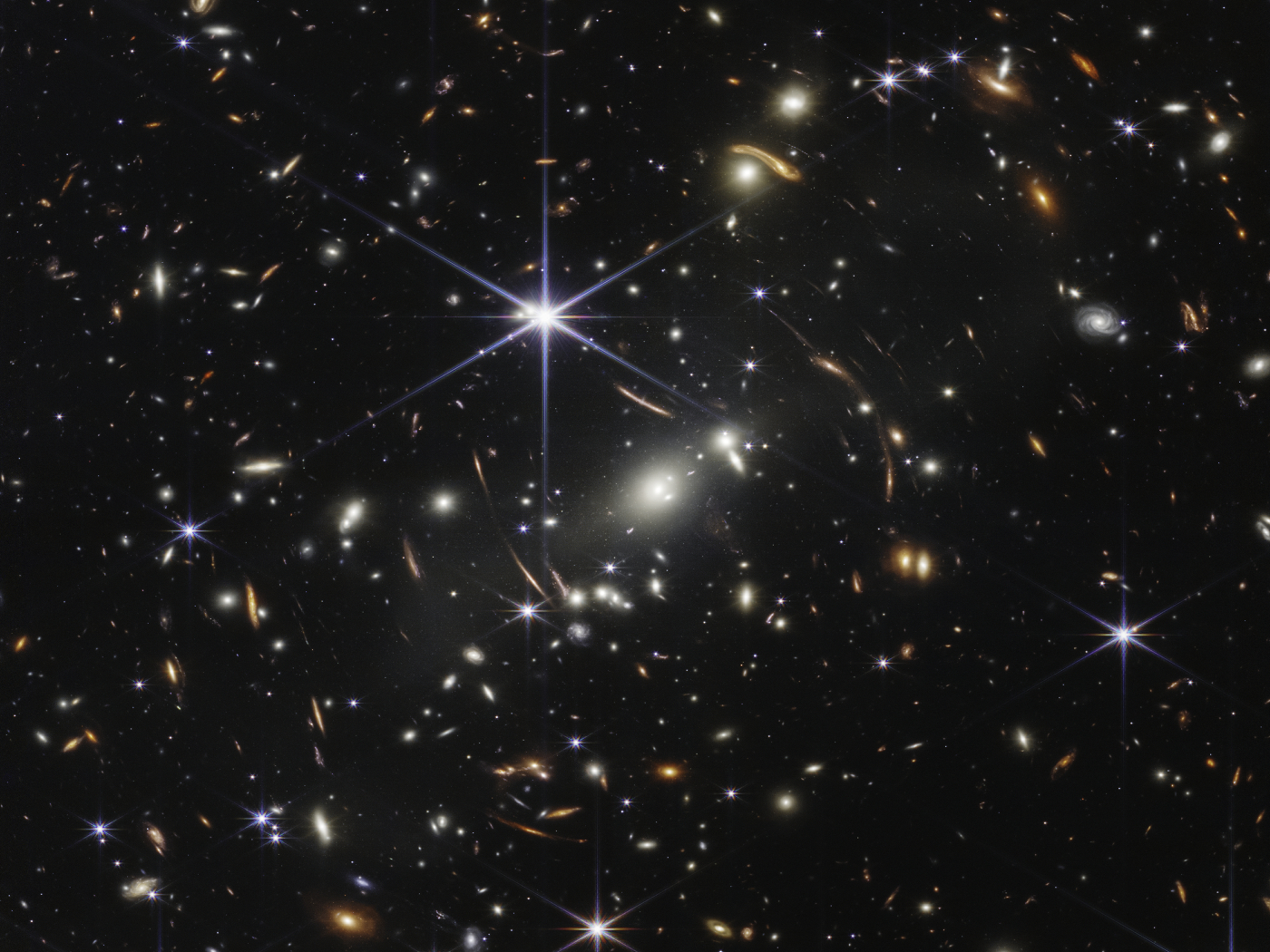In his recent book How to Build a Dinosaur, evolutionary paleontologist Jack Horner suggested that birds could be genetically engineered backward to take the form of their supposed dinosaur ancestors.1 He argued that birds arose through the selection of beneficial dinosaur mutants, and if those specific mutations could be identified and reversed in a new generation, then the resulting bird-like creature would hatch and grow into something resembling a dinosaur.
One paleontologist is attempting to do just that. Hans Larsson, Chair in Macro Evolution at McGill University in Montreal, is taking the first steps toward engineering a chicken with a dinosaur tail. He told international news agency AFP that this will be a “demonstration of evolution.”2
But would it really? Larsson apparently is targeting a particular developmental gene that helps specify the length of the tail. If he succeeds in engineering (by purposeful design) a viable chicken with a long tail, will that be heralded as evidence of evolution? And if so, would such an achievement actually demonstrate evolution?
Larsson had previously asked, “Why can’t we take all the genetics, just change it around a little bit, and produce a Tyrannosaurus Rex, or something that looks like one?”3 The answer is that it would not be so easy, because more than “a little bit” needs to change, a fact that Larsson and his colleagues will most likely discover during their research.
A long-tailed chicken would not truly demonstrate evolution. This “reverse-transitional” form would be less fit than its peers, having to drag around a uselessly long tail. Also, any successful changes would have been engineered by design, so they could not demonstrate something that happened through purely natural forces. Third, a long-tailed chicken would resemble a dinosaur only superficially, like attaching a long aluminum tube onto the back of a car to make it more like an airplane. Such a contraption would be much more difficult to drive and would be no closer to being able to fly.
Evolutionists have pointed out a few of the many critical differences between birds and the theropod dinosaurs from which they supposedly evolved.4 One researcher examined the different breathing apparatuses required by each kind.
Recently, conventional wisdom has held that birds are direct descendants of theropod dinosaurs. However, the apparently steadfast maintenance of hepatic-piston diaphragmatic lung ventilation in theropods throughout the Mesozoic poses fundamental problems for such a relationship. The earliest stages in the derivation of the avian abdominal air sac system from a diaphragm-ventilating ancestor would have necessitated selection for a diaphragmatic hernia in taxa transitional between theropods and birds. Such a debilitating condition would have immediately compromised the entire pulmonary ventilatory apparatus and seems unlikely to have been of any selective advantage.5
In other words, the dinosaur breathing system operated like a bellows, with a muscle (the diaphragm) expanding and contracting to move air in and out. To transition it to the flow-through ventilation system used by birds would require a change to this muscle that would have immediately killed the newly-mutated form. If an animal cannot breathe, it cannot evolve.
To overcome the differences between dinosaur and bird would require re-engineering the entire chicken genome—not only adding new genes and new gene cassettes, and removing certain others, but also adding and removing specific genetic and epigenetic6 control and regulation systems to specify what, when, how often, how much, and where those cassettes should be used during an embryo’s development.
Larsson, starting with the assumption of evolution, predicted that simply by “flipping certain genetic levers during a chicken embryo's development, he can reproduce the dinosaur anatomy.”2 In contrast, starting with the biblical assertion that each creature was made to reproduce after its own kind,7 the amount and precision of genetic and cellular alterations that would have to be bioengineered to transform a chicken into a legitimately dinosaurian creature are so vast that no natural process could achieve it.
Rather than demonstrate evolution, these attempts to transform chickens will certainly demonstrate the precise and intricate design of this created kind.
References
- Horner, J. and J. Gorman. 2009. How to Build a Dinosaur: Extinction Doesn’t Have to Be Forever. New York: Dutton.
- Canadian scientist aims to turn chickens into dinosaurs. AFP. Posted on breitbart.com August 25, 2009, accessed August 29, 2009.
- Brennan, Z. Jurassic Park comes true: How scientists are bringing dinosaurs back to life with the help of the humble chicken. Daily Mail. Posted on dailymail.co.uk June 13, 2008, accessed September 8, 2009.
- See references in Thomas, B. Do New Dinosaur Finger Bones Solve a Bird Wing Problem? ICR News. Posted on icr.org July 9, 2009, accessed September 8, 2009.
- Ruben, J.A. et al. 1997. Lung Structure and Ventilation in Theropod Dinosaurs and Early Birds. Science. 278 (5341): 1269.
- Epigenetics is a new field in biology, discussed briefly in Thomas, B. Epigenetics: More Information than Evolution Can Handle. ICR News. Posted on icr.org. January 30, 2009, accessed September 8, 2009.
- Genesis 1:20-21, 24-25.
* Mr. Thomas is Science Writer at the Institute for Creation Research.
Article posted on September 14, 2009.

















